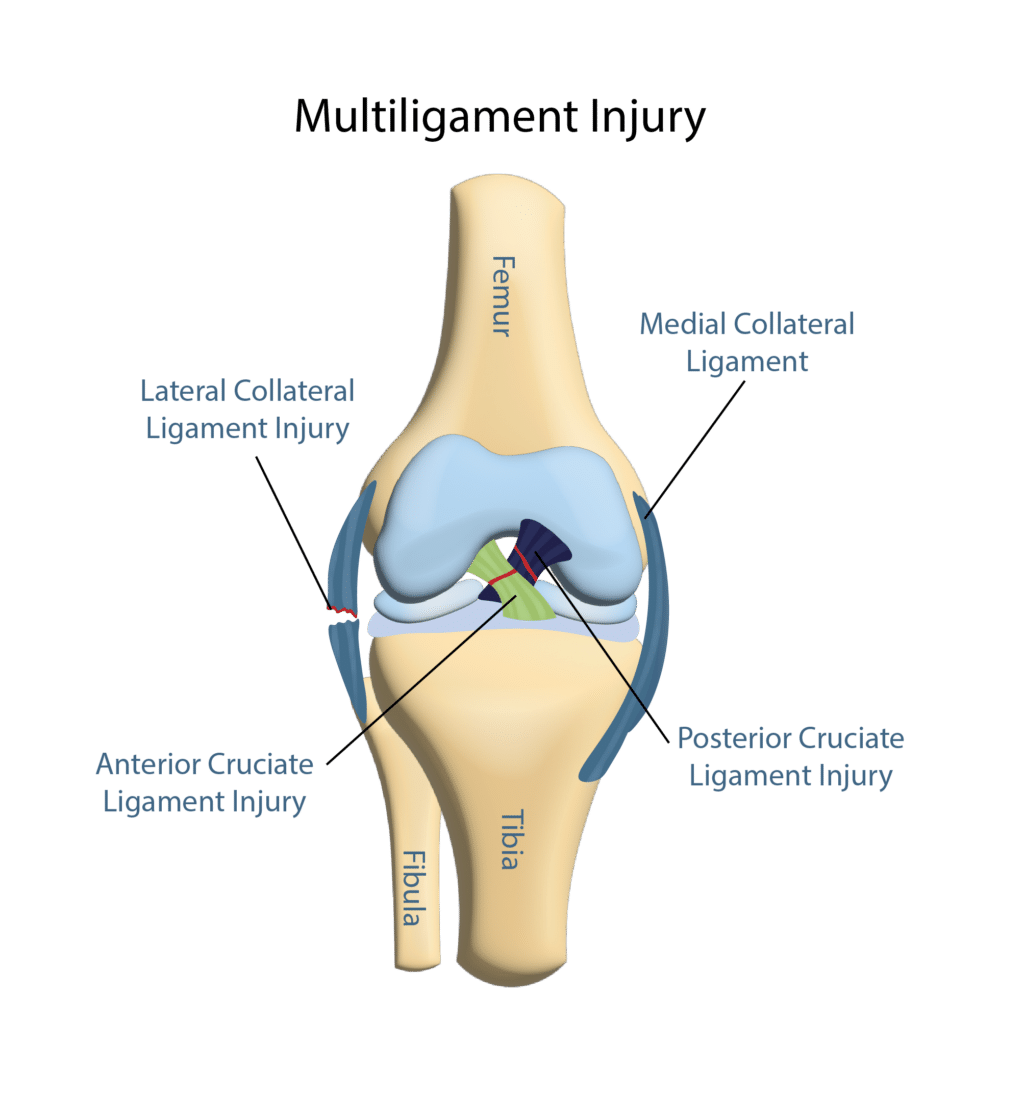MCL Injury: What You Need to Know About Causes and Recovery

Introduction to MCL Injury
The medial collateral ligament (MCL) is a crucial structure located on the inner side of the knee, providing stability and support. MCL injuries are common among athletes and active individuals, particularly in sports that involve sudden stops, directions changes, or contact. Understanding the nature of MCL injuries, their causes, and recovery can be vital for minimising long-term impacts on mobility and athletic performance.
What Causes MCL Injuries?
A common cause of MCL injuries is direct impact to the outside of the knee, which can occur during contact sports like football, rugby, or skiing. Additionally, improper landing techniques after a jump or sudden changes in direction can strain the MCL, leading to sprains or tears. According to the National Center for Biotechnology Information, MCL injuries frequently occur in sports but can also result from accidents in everyday life, such as slipping.
Symptoms of MCL Injury
Individuals with an MCL injury typically experience a range of symptoms. These can include pain on the inner side of the knee, swelling, and instability in the joint when walking or applying weight. In some cases, a popping sound may be heard at the time of injury, which can indicate a more severe tear. Grades of MCL injuries vary from mild sprains to complete tears, with treatment needs differing accordingly.
Diagnosis and Treatment Options
Diagnosis usually involves a physical examination and imaging tests, such as an MRI, to determine the extent of the injury. Treatment largely depends on the severity of the injury: mild sprains may heal with rest, ice, compression, and elevation (RICE method), while more severe injuries may require physical therapy or even surgical intervention. Physical therapy plays an essential role in rehabilitation, helping to restore strength and stability to the knee.
Prognosis and Prevention Strategies
Most MCL injuries can be effectively managed, with the majority of patients returning to their previous level of activity within a few weeks to a few months, depending on the severity of the injury. To prevent MCL injuries, individuals can focus on conditioning exercises that strengthen the muscles surrounding the knee and incorporate proper warm-up routines before physical activity.
Conclusion
MCL injuries are a significant concern for anyone engaged in physical activities, especially contact sports. Understanding the causes, symptoms, and treatment options can aid in prompt recovery and a return to sport. Athletes and active individuals should take precautions to strengthen their knees and decrease injury risks, ensuring they remain active and healthy.
